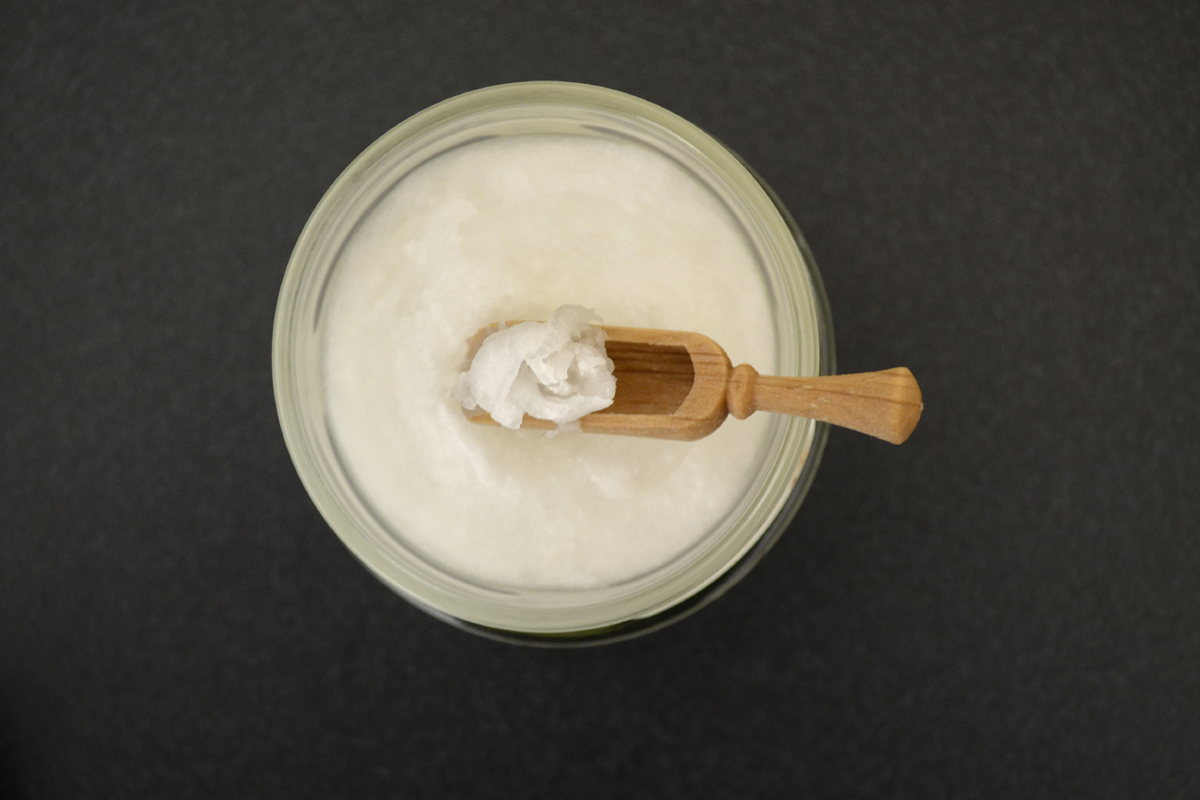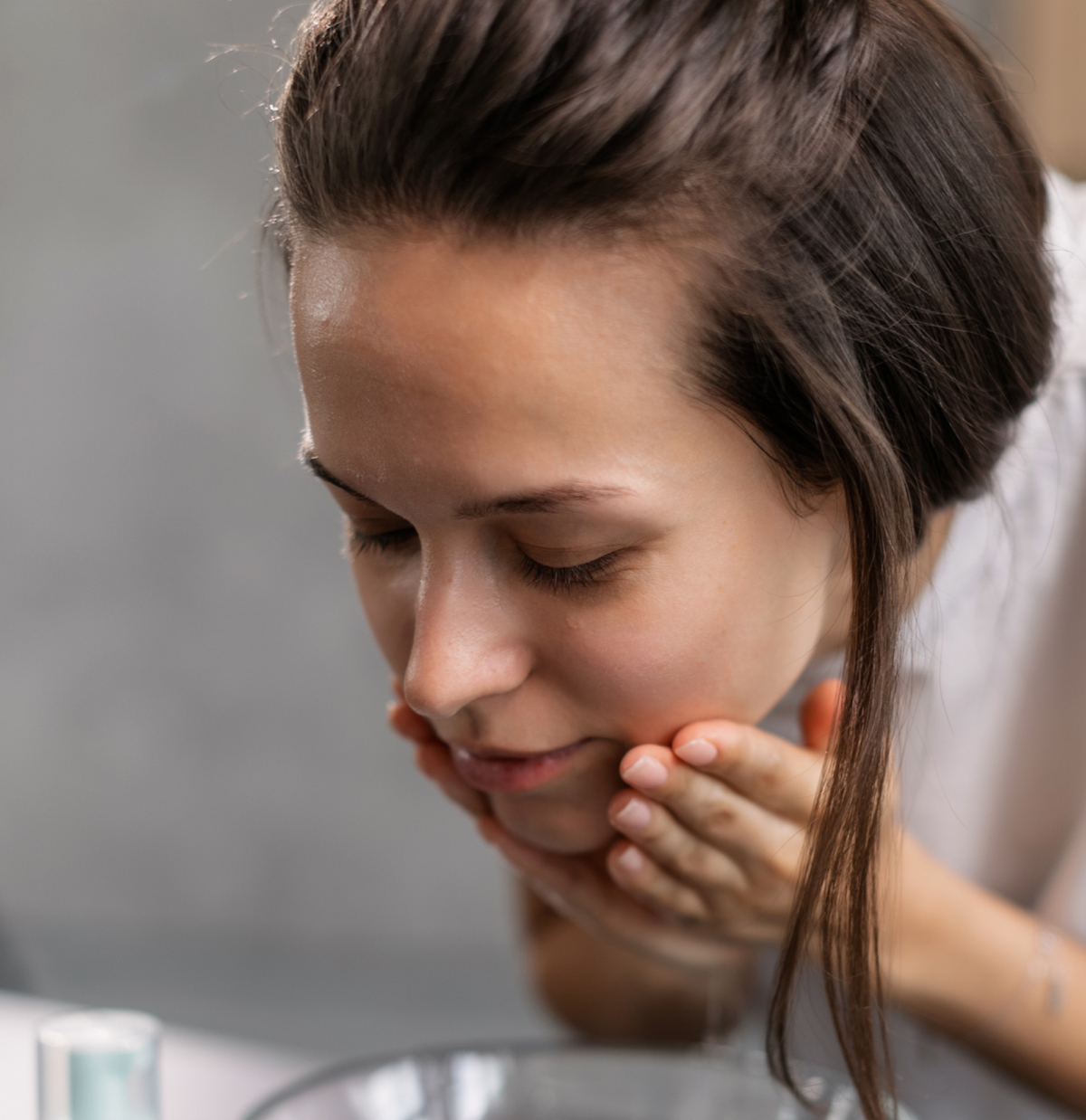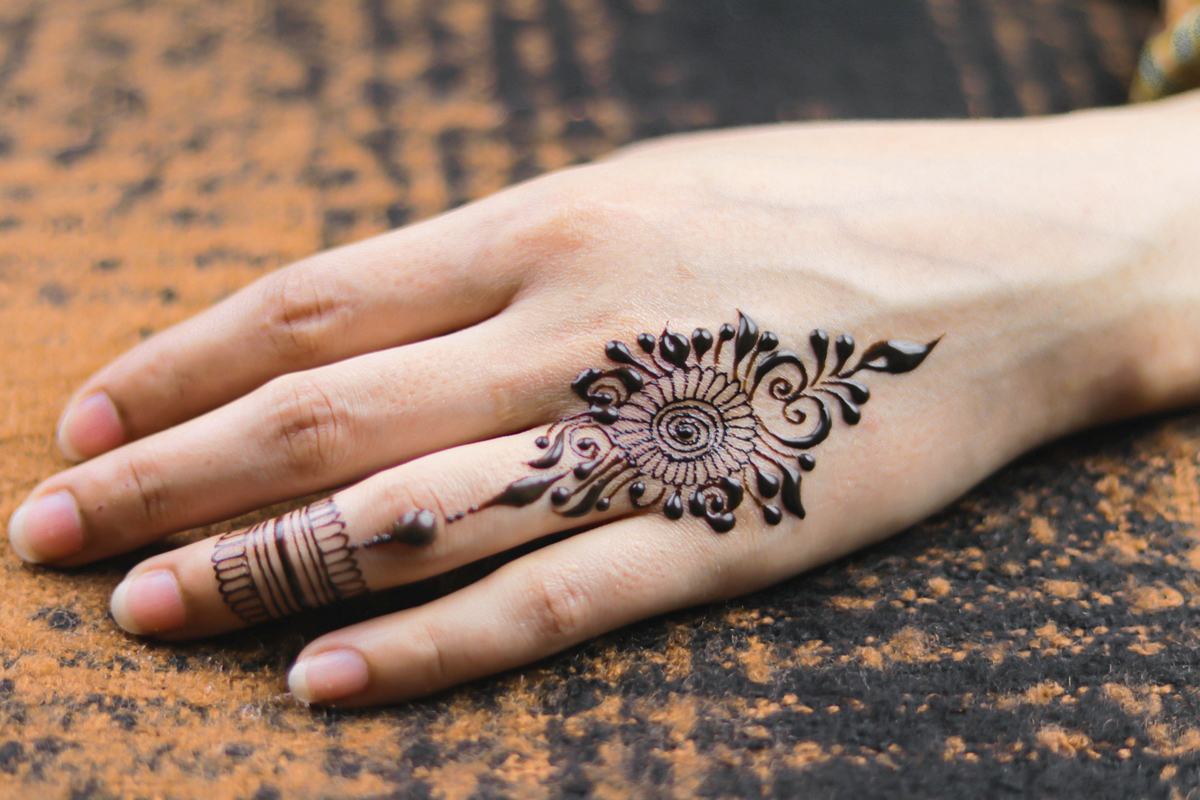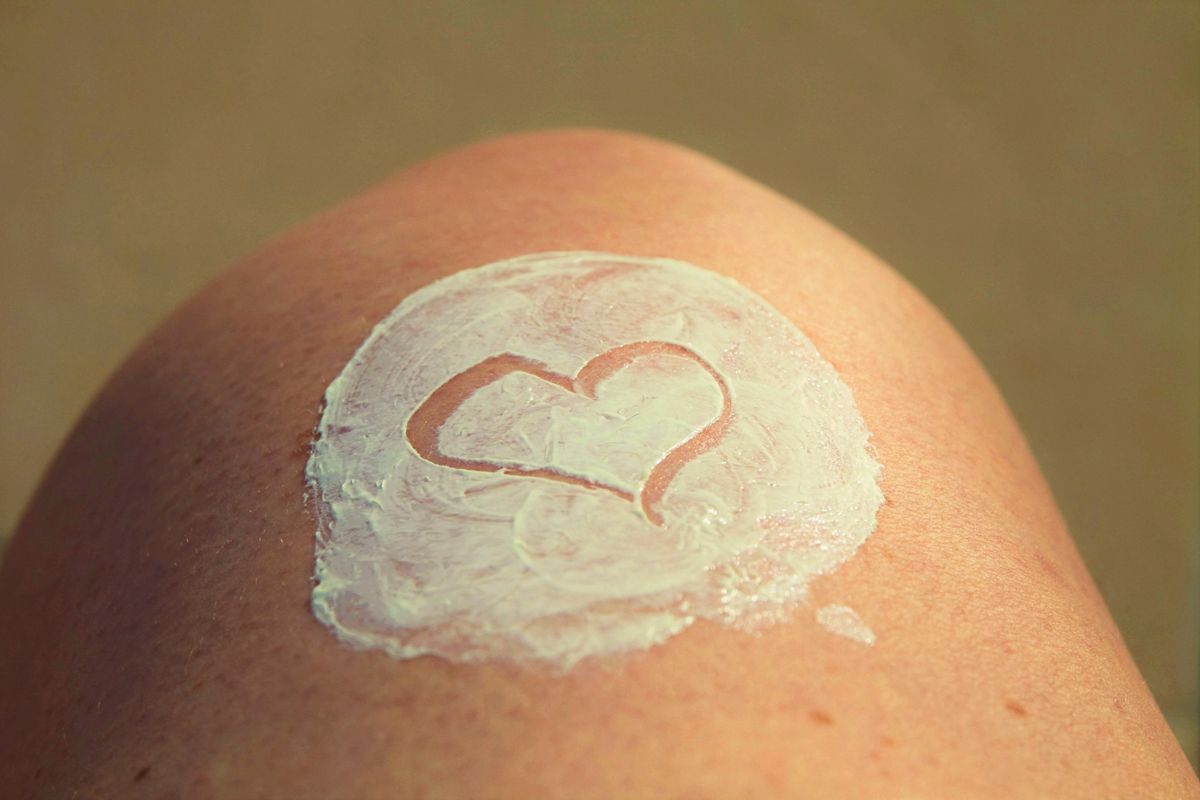Hidden Skin Gremlins: What You Should Know to Protect Your Skin

Your skin is a layer of porous fabric, a living breathing organ exposed to free radicals and pollutants that act as hidden skin gremlins. In the case of most women, your skin is also exposed to all the harsh chemicals we keep lathering on it throughout the day in an attempt to secure some sense of beauty.
Most women want great skin, but what most women don’t realize is that their skin is exposed to far more than they imagine. Read on to find out what acts as a skin gremlin and what you can do about it…
Your Cosmetics
There are an alarming amount of toxic chemicals in the majority of cosmetics. The FDA does not review, nor does it have the authority to regulate, what goes into cosmetics before they are packaged and marketed.
Some things to watch out for are:
1) Lead in lipsticks
2) Neurotoxins in fragrances and perfumes
3) Formaldehyde (a well known human carcinogen) in nail polish.
If you consider that all these products are applied to your porous skin, you quickly see the effect of daily/weekly product use on your health. A great alternative is to learn what goes into the cosmetics you use, and to opt for mineral-based products
Your Bedding
Though your bed is seen as a sanctuary for rest and relaxation after a long hard day, you should take a moment to see the flip slide of it too. The average person is in their bed for between 4-8 hours a night.
And if you consider all the creepy crawlies, the dust mites scavenging across the plains of your sheets, you quickly realize that you’re not alone – and not in a good way.
Dust mites feed on your dead skin, which is continuously flaking off with every touch. As a natural organism, they produce excretions which go unseen and which most people are allergic to, making this not only highly unsanitary but it’s also an allergen.
Additionally, your face is squished up on the same pillow for hours on end and your body/scalp are excreting oils, which you’re then rubbing back against your delicate skin.
To make sure you have a healthy sleeping environment, change out your bedding at least once a week and vacuum your area often. However, your vacuum is not a black hole and you should take a moment to consider what’s living inside your vacuum.
Your Environment
While you may be able to control your home or what you put on your face every morning, you have very little control of what free radicals and pollutants are actually in the air. This is especially true if you live in an urban area where car exhaust slaps you across the face as each driver passes by…or where fast food grease sets up a perimeter on nearly every street corner. The fact is that your face is constantly assaulted with chemicals, fumes, and other pollutants.
To protect your skin, the first thing you should do is make sure your natural layer is clean and unclogged. Take the time to wash and exfoliate your skin, or simply use a cleansing toner. Then take a moment to wear sun screen or some other daily facial protecting cream or spray to act as a barrier between your skin and your environment.
The Author:
Shireen Qudosi
Photo. Claudio Scott








